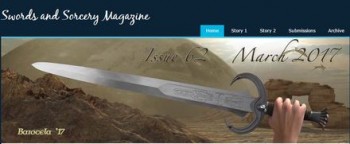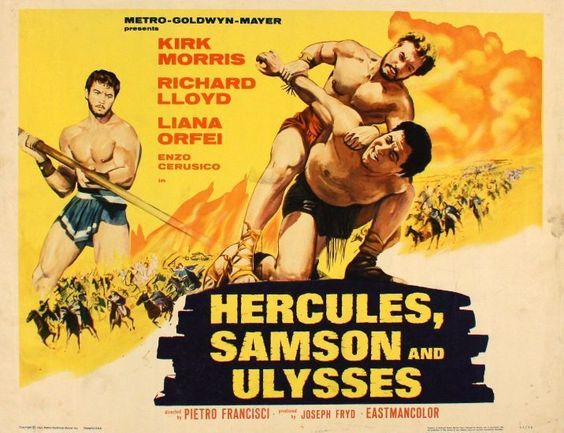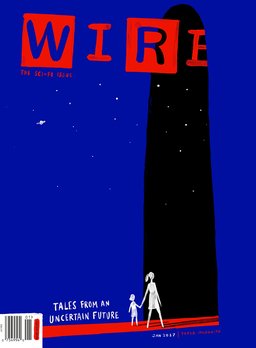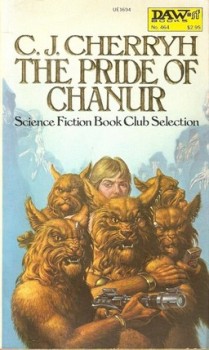March Short Story Roundup
 It’s roundup time again, folks. This past March we were treated to two stories from Curtis Ellett’s Swords and Sorcery Magazine and a trio from Adrian Collins’ Grimdark Magazine. Some I liked, some not so much. Without further jib jab, I’ll start the reviews.
It’s roundup time again, folks. This past March we were treated to two stories from Curtis Ellett’s Swords and Sorcery Magazine and a trio from Adrian Collins’ Grimdark Magazine. Some I liked, some not so much. Without further jib jab, I’ll start the reviews.
Swords and Sorcery #62 opens with “The Sword Over the River Thar” by Bryan Dyke. It’s a thoughtful and introspective tale of a reluctant soldier looking back over his childhood and his own wartime experiences. There are many fine moments in the story, some quite moving. Unfortunately, the story suffers from moments of weak prose, including an overreliance on the word portal. References to such disparate elements as hoplites, barons, elves, and the distinctly Anglo-Saxon-sounding placename Norwich, make the setting feel ramshackle. I hope to be of service by pointing these things out. This is Dyke’s first published story and there is far more than the germ of a good story on display here. I hope to read more by him in future.
In the past, most recently in December’s roundup, I have been harsh towards the stories of Jeffrey Scott Sims. I have found them to be in possession of solid plots wrapped in clunky, faux-archaic prose. So I was surprised when I found myself quite enjoying his new story, “A Sojurn in Crost.” Bereft of supplies, stranded in enemy territory, “Lord Morca, wizard and warrior of ancient Dyrezan” and his battle-tiger, Treenya, are making their way to the coast and safety when they come across the town of Crost. There’s little mystery to what’s going on in this quite familiar story, but Sims spins his yarn with enough conviction to overcome any staleness. Sims’ style remains similar to that of his previous tales of Dyrezan but is deployed with more control and concision.









